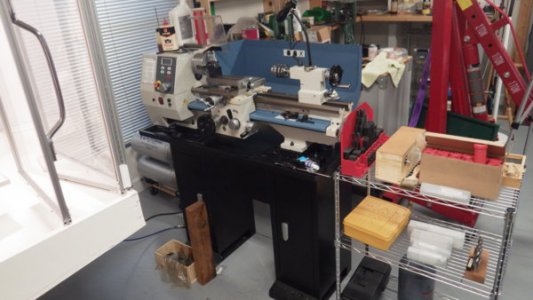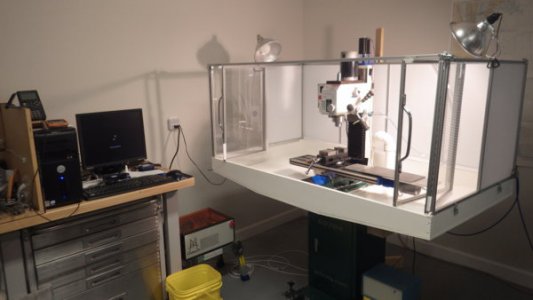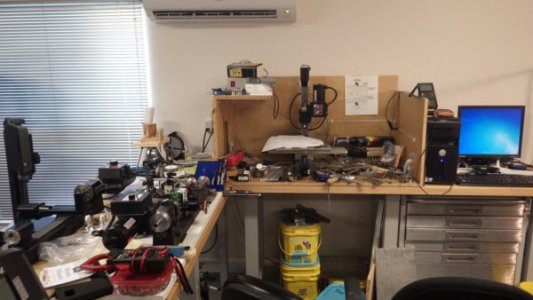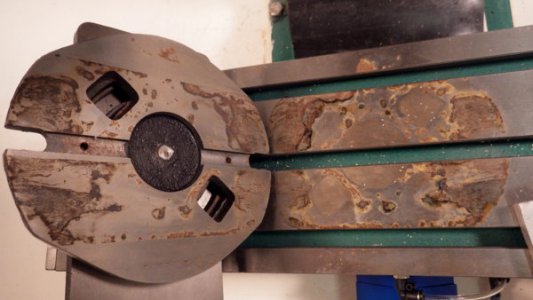- Joined
- Dec 3, 2013
- Messages
- 1,849
The lathe mess. I'm a slob.
View attachment 232666
Tools are for using not displaying. I call that getting work done!
The lathe mess. I'm a slob.
View attachment 232666




I have no experience with the Kool-mist fliuid. I have used a formula from Tormach, Rustlick 5050 and KoolRite 2290. Of the three the KoolRite 2290 is by far the best I have used for being operator friendly and machine friendly. The Tormach fluid had a strong odor and irritated my skin, the Rustlick 5050 has a mild odor and was easy on my skin but stained every thing, had some light rust issues and was an excellent paint & adhesive remover. With the KoolRite 2290 I have had no rust issues, has a mild odor and does not remove paint or bother my skin.
The Rustlick 5050 attacked the paint and the body filler under it. It was quite amazing where that coolant would get into. On a machine with flood coolant I'm not too concerned how it looks as long as it functions properly. Rust isn't cool. Staining or darkening is okay but not pitting.
I also wonder how the chemical makeup of the city water affects different coolants. I'm sure there are papers on this.
